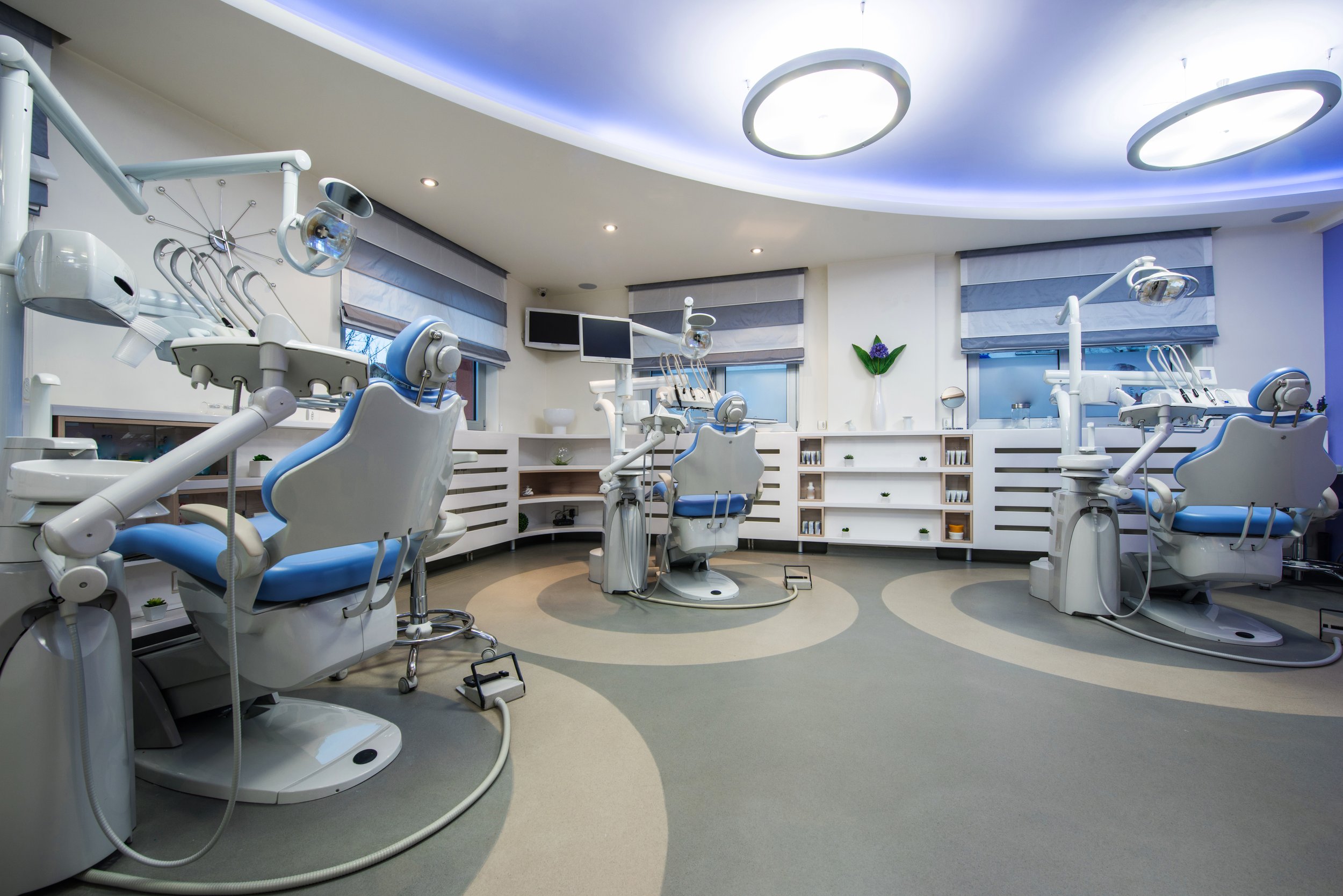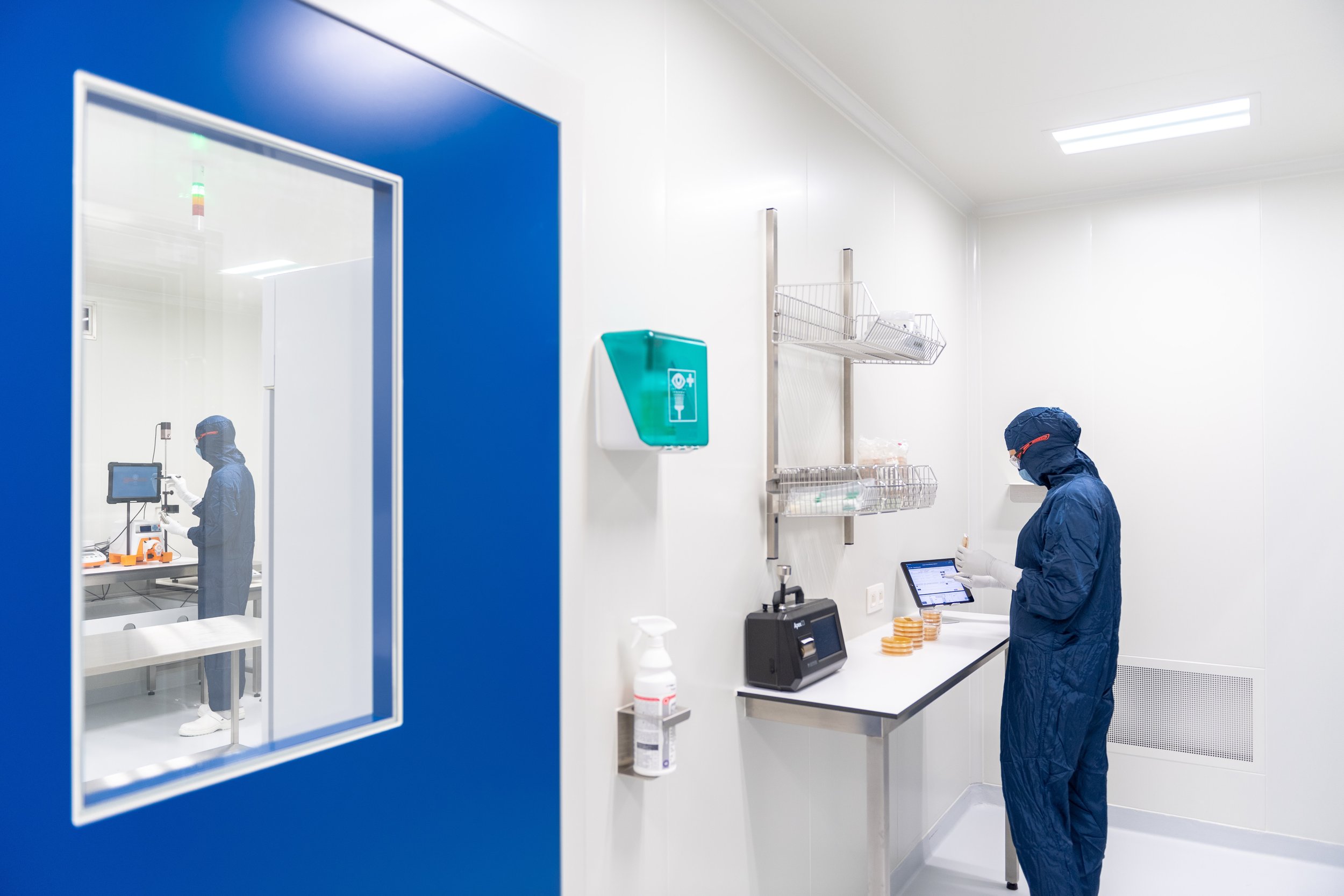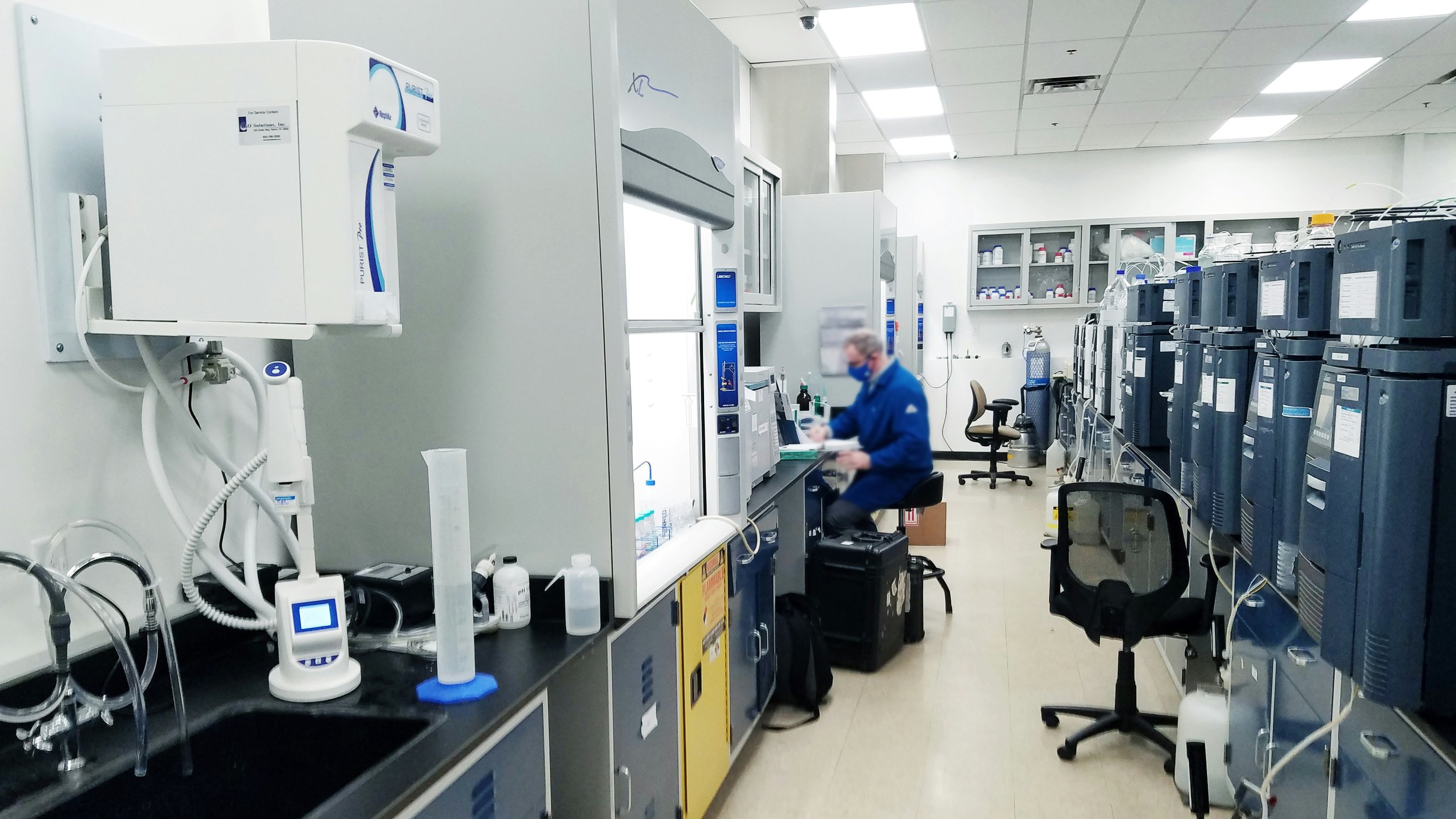Lighting in healthcare
This blog post discusses how healthcare providers can ensure that all the employees who are running extra fast due to Covid-19 have the best working conditions when helping the sick and what things you need to pay attention to in terms of lighting - not only in an extraordinary situation like now, but also in general.
Creating the right working conditions matters
Hardly any other segment requires such complex lighting as we see in the healthcare and care sector, as the solution must meet the needs of many people in different situations. From doctors, nurses to caregivers, they need the best lighting situations to do their jobs. This is also why lighting is an essential element, unfortunately, we see hospitals overlooking the importance of proper hospital lighting. It plays a role that can have an impact on the realization of healthcare, treatment efficacy, patient rehabilitation and the doctor-patient relationship, as well as the conditions under which employees work.
How can light help healthcare professionals?
Thanks to extensive research, we know how LED lighting can affect mood and wellbeing. The ultimate purpose of lighting is to improve the quality of patients' stays and enhance staff working conditions. Used in the right way, it can improve quality of life in places like care centers, where artificial light can compensate for insufficient daylight.
Lighting standards in hospitals are essentially about improving energy efficiency and guaranteeing visual accuracy. It's important to point out that the light level and color temperature will not be the same in every room. It often depends on what the light is required to do and its purpose.
Below you can see examples of the standard lux value and color rendering of different rooms in a hospital. It shows a clear trend. Creating and putting together the right lighting in hospitals to achieve the best conditions for healthcare professionals and patients requires a lot from the supplier you choose. Pay close attention to this when the hospital is updating existing lighting or installing a new lighting system.
Our society is currently undergoing major demographic changes. There are more and more people on the planet, which means that the number of people requiring care will increase significantly. Nursing homes and senior centers are some of the public institutions that will be challenged both in terms of quantity and quality.
For example, the quality of care homes can be optimized by replacing existing lighting with LEDs. In addition to the economic and environmental benefits associated with LED, LEDs can improve the quality of life for the elderly. Vision deteriorates with age, as does the perception of depth and color, which is why there is a great need for proper and healthy lighting in the country's nursing homes and senior centers.
It is scientifically proven that light has a biological effect on humans. Our circadian rhythm can be disrupted by artificial light, which can negatively affect our health and well-being. This is where LED comes in.
LED differs from traditional light sources by being able to adjust the color temperature in a room. One of the options is called circadian lighting, which can be described as dynamic lighting control according to the rhythm of the day. In the morning and evening, the LEDs will light up with a warmer color temperature than in the afternoon when the sun is high in the sky. So instead of exposing residents to a monotonous, uniform light all day, the color temperature of the entire nursing home will automatically adjust throughout the day.
In addition to this dynamic lighting control, both residents and staff will also be able to manually adjust the color temperature as needed. For example, if the elderly are relaxing in their room, a warmer light is needed than if they are eating or reading a book.
An LED lighting solution is therefore optimal for nursing homes and senior centers. The overview below aims to highlight the benefits of LED lighting for residents, staff and the care homes themselves.
Residents:
Studies show that elderly people become more active and spend more time in common areas when they are equipped with circadian lighting. In addition, this lighting improves residents' sleep patterns and eating habits, which all contribute to improving the quality of life of the elderly. This makes everyday life easier and better for the elderly, with automatic lighting control helping to maintain a healthy circadian rhythm.
Employees:
This also affects employees, who benefit from better working conditions thanks to dynamic lighting control. First and foremost, employees are ensured a healthy circadian rhythm in the same way as the elderly. In addition, the elderly sleep better at night, reducing the need for care at this time of day. Circadian lighting can alleviate many of the challenges employees face during the workday.
Nursing homes and senior centers:
As staff workloads are reduced, nursing homes may choose to reduce the number of employees. In addition, LED lighting is more energy efficient compared to traditional light sources, and there is almost no maintenance associated with LEDs due to their long lifespan. Therefore, the economic benefits mean that the investment in LED lighting is quickly recouped. All in all, with LED, senior centers will be able to offer their residents the most optimal conditions.
In Denmark, the public sector employs a large number of people in various office positions, and there are many buildings used to house agencies or municipalities, for example. Below is an overview of how the municipality can benefit from the right lighting to operate and develop the various institutions and office buildings:
Educational institutions:
Various studies have shown that lighting plays an important role in children's learning. With LED, there are countless opportunities to customize the light to suit boardroom teaching or group work, so that children get the most out of the school day.
Healthcare institutions:
LED lighting has been proven to improve the wellbeing of humans and animals. Therefore, it's smart to use LED to light hospitals to improve the quality of life for patients.
Care facilities:
Similar to healthcare facilities, LED can be used to improve the quality of life - and happiness - of elderly citizens.
Office buildings:
LED lighting can reduce fatigue and increase work efficiency in places like municipalities, increasing productivity in offices that use this type of lighting.





